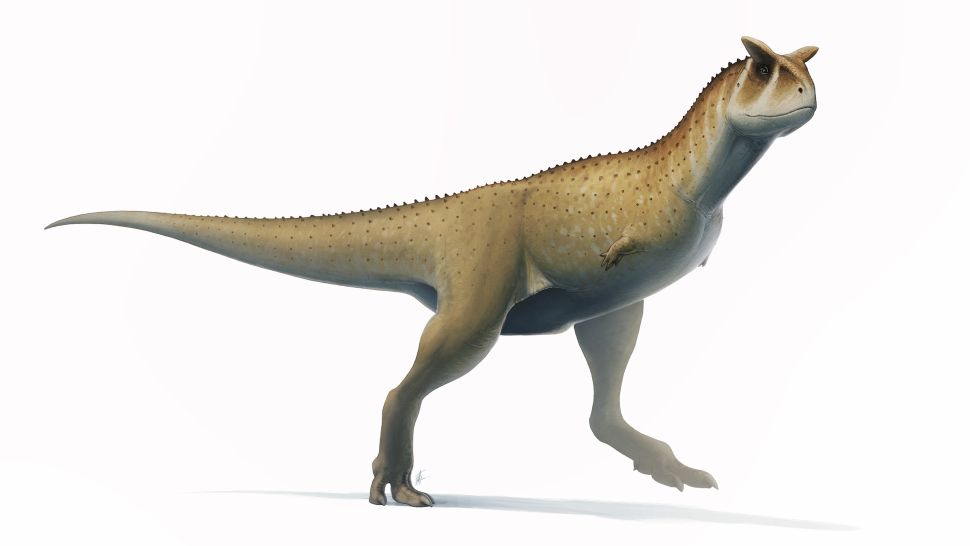According to experts, a new dinosaur has been unearthed in the north of Argentina, which was previously unknown. The fossilized bones belong to a new species known as Guemesia Ochoai, which was discovered in the Los Blanquitos Formation. The find, according to the Natural History Museum in London, may be a near cousin of a group of armless dinosaurs that lived approximately 70 million years ago, according to the experts.
With the finding of a partly intact skull, scientists believe they have discovered fresh evidence of an environment dating back to the Late Cretaceous era. An Argentinean dinosaur named Guemesia Ochoai was discovered in northern Argentina, where there are only a few other species of dinosaur remains to be found.
This predatory dinosaur could be a member of the Abelisauridae family of ceratosaurian theropod dinosaurs, which is a group of carnivorous dinosaurs that bears some similarities to the T-Rex in its short forelimbs, experts claim. Most of the time, the Abelisauridae utilized their formidable skull and jaws to hunt food, and they could grow to be up to 30 feet long in size.
When the species was at its peak, it wandered throughout Patagonia and other parts of the old southern supercontinent of Gondwana, which later divided into multiple continents, including South America, Australia, and Africa. It demonstrates that the dinosaurs that lived in this location were clearly distinguishable from those that lived in other regions of Argentina, confirming the theory that South America was divided into multiple provinces throughout the Cretaceous period.
It also demonstrates that there is a great deal more to be found in these regions that receive less interest than other more well-known fossil locations. Experts hope to find more similar fossils in order to continue research.













Leave a Reply